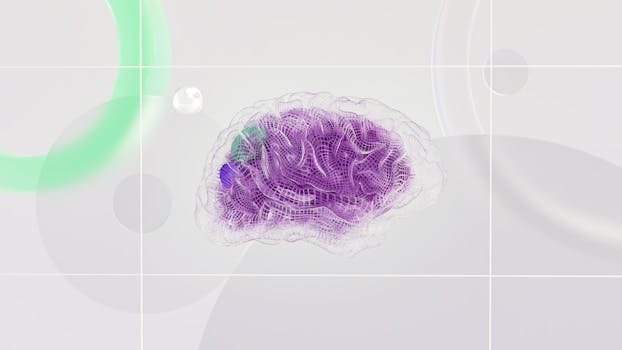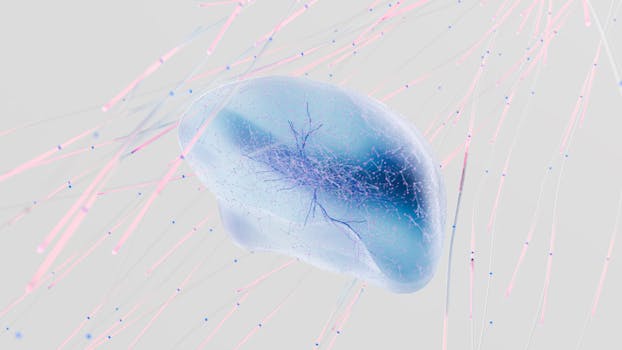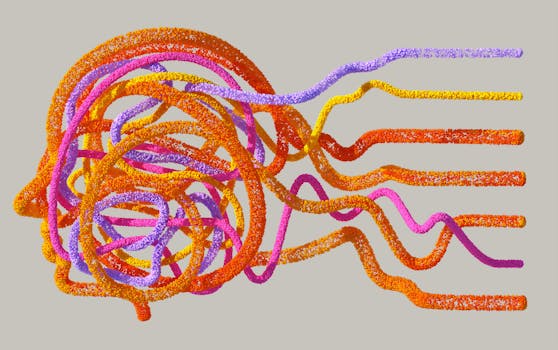
Introduction

The mysteries of the human brain have captivated scientists and researchers for centuries. As we delve deeper into neuroscience, we uncover breakthroughs that challenge our perceptions and enhance our understanding of the brain’s capabilities.
The Structure of the Brain

The human brain is an intricate organ composed of approximately 86 billion neurons. Each neuron connects with thousands of other neurons, creating a vast network responsible for our thoughts, emotions, and actions. Understanding the structure of the brain is crucial for deciphering its many mysteries.
Cerebral Cortex
The cerebral cortex is the brain’s outer layer, vital for higher-order functions such as reasoning, problem-solving, and decision-making. Recent neuroscience breakthroughs have shown how the cortex adapts to learning and experiences, revealing its incredible plasticity.
Limbic System
The limbic system plays a critical role in emotions and memory. Breakthroughs in neuroscience have highlighted the importance of this system in mental health disorders, leading to new therapeutic approaches.
Neuroscience Breakthroughs

Recent advancements in neuroscience have provided new insights into how the brain works and its potential for recovery and adaptation.
Brain-Computer Interfaces
Brain-computer interfaces (BCIs) represent a groundbreaking development, enabling direct communication between the brain and external devices. This technology has profound implications for individuals with mobility impairments, allowing them to control prosthetic limbs with their thoughts.
Neurogenesis
Neurogenesis, the process of generating new neurons, was once believed to occur only during development. However, recent studies have shown that neurogenesis can occur in adults, particularly in the hippocampus, a region associated with learning and memory. This discovery opens new avenues for treating neurodegenerative diseases.
The Impact of Technology on Neuroscience

Advancements in technology have revolutionized neuroscience research, allowing scientists to visualize brain activity in real time and explore complex neural networks.
Functional MRI
Functional MRI (fMRI) has transformed our understanding of brain activity by providing insights into how different regions of the brain communicate during various tasks. This non-invasive imaging technique has been instrumental in studying brain disorders and developing new treatments.
Artificial Intelligence in Neuroscience
Artificial intelligence (AI) is playing a crucial role in analyzing vast amounts of neurological data. Machine learning algorithms can identify patterns in brain activity, aiding in early diagnosis and personalized treatment plans for neurological conditions.
Conclusion

The mysteries of the human brain continue to unfold as neuroscience progresses. With each breakthrough, we gain a deeper understanding of our cognitive abilities and the potential for recovery from neurological disorders. As technology advances, the future of neuroscience promises to unlock even more secrets of the brain, paving the way for innovative treatments and enhancing our overall understanding of human nature.




